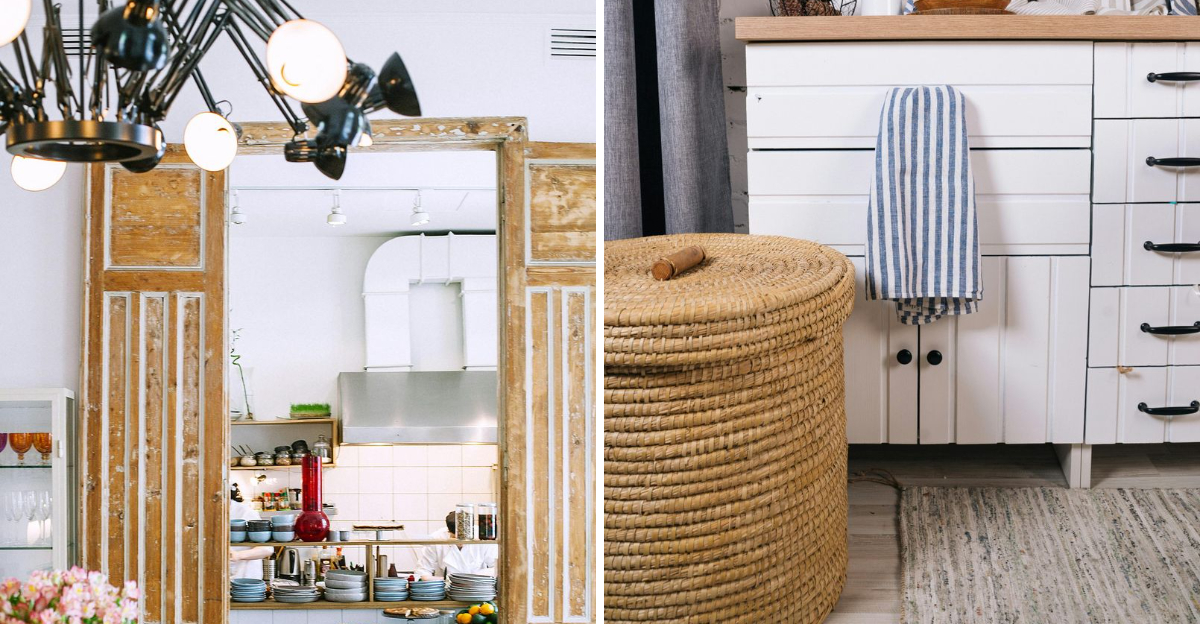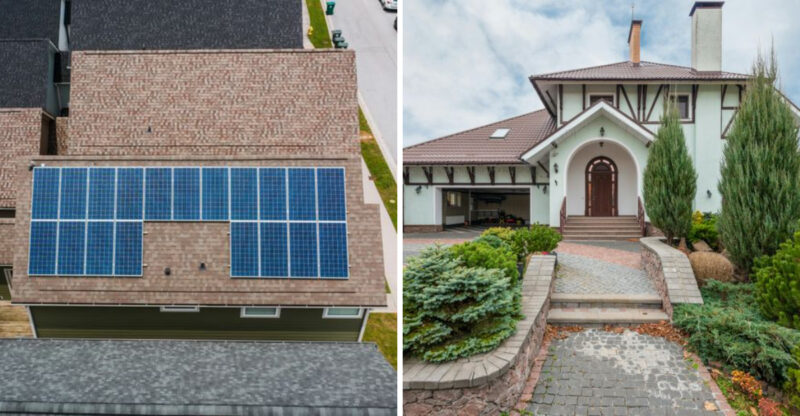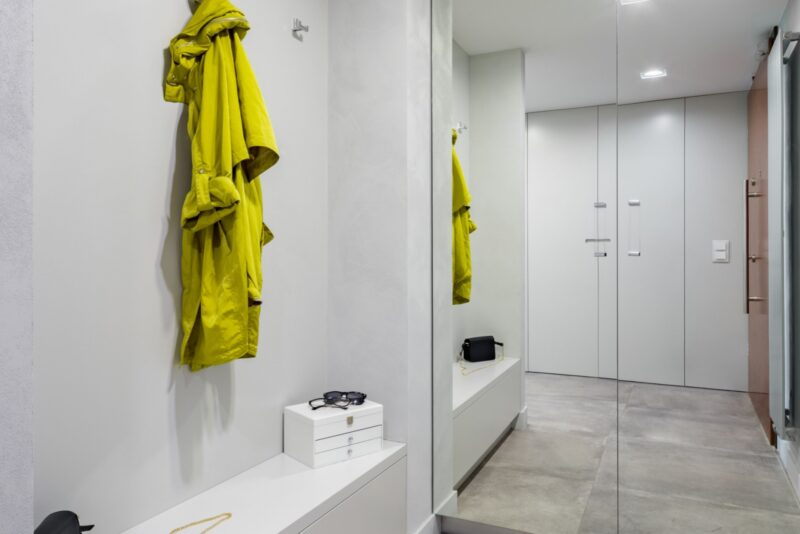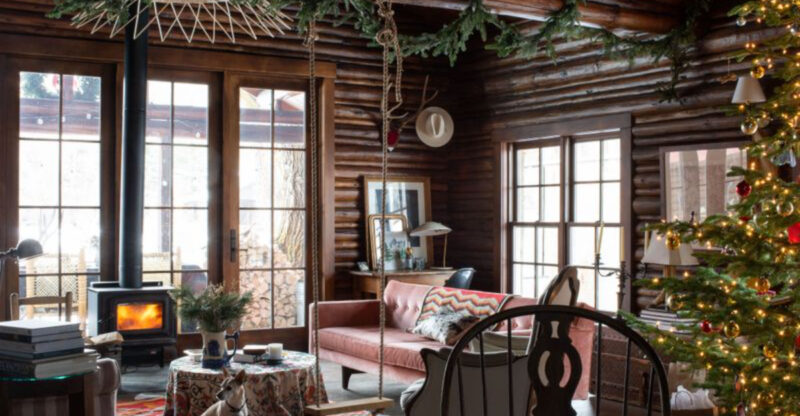7 Tips For Updating A Vintage Kitchen While Preserving Its Character

Do you love the charm of a vintage kitchen but worry it feels outdated or impractical? Updating a classic space doesn’t mean losing its character, it’s about blending timeless style with modern functionality.
With a few thoughtful changes, you can refresh your kitchen while keeping the nostalgic details that make it special. In this article, we’ll share seven tips to help you modernize your vintage kitchen without sacrificing its personality.
The tips here are for general guidance and should be adapted to your kitchen’s layout, style, and budget.
1. Refresh Cabinets With Paint Or New Hardware
Want to breathe new life into tired cabinetry without demolishing your kitchen’s vintage appeal? A fresh coat of paint works wonders on dated cabinets while preserving their original character.
Vintage kitchen cabinets often feature craftsmanship you simply can’t find in today’s mass-produced options. Swap out those tarnished pulls and knobs for period-appropriate hardware that complements the era of your home.
If painting feels too permanent, consider removable wallpaper inside glass-front cabinets for a pop of personality that’s completely reversible!
2. Mix Vintage Fixtures With Modern Lighting
Lighting creates instant drama in a vintage kitchen renovation without major construction. Try hanging a statement pendant above your island while keeping that charming schoolhouse fixture over the sink.
Layered lighting solves the functionality problem many vintage kitchens face. Under-cabinet LEDs provide task lighting while letting your decorative vintage fixtures shine as the stars of the show.
Where possible, rewire original light fixtures to meet modern safety standards rather than replacing them entirely. This preserves authentic details while ensuring your kitchen meets current electrical codes.
3. Upgrade Appliances While Keeping Retro Appeal
Modern appliances don’t have to clash with your kitchen’s vintage vibe! Several manufacturers now offer retro-styled refrigerators and stoves with modern energy efficiency and features.
If authentic vintage appliances matter to you, consider keeping them for display while hiding modern counterparts behind custom panels or in a butler’s pantry. This approach maintains aesthetic charm while providing reliable cooking tools.
Though pricier, panel-ready dishwashers and refrigerators can disappear behind cabinet fronts that match your vintage aesthetic, giving you the best of both worlds.
4. Incorporate Open Shelving For A Lighter Look
Are your wall cabinets making your vintage kitchen feel cramped and dark? Removing a few upper cabinets creates breathing room while showcasing pretty dishware and architectural details.
Open shelving doesn’t require abandoning storage entirely. Mix and match closed cabinets with strategic open sections where you can display colorful vintage Pyrex or your grandmother’s teacup collection.
When installing shelves, consider repurposing original cabinet doors or salvaged materials that match your kitchen’s era. This thoughtful touch maintains historical continuity while creating a more spacious feeling.
5. Use Classic Tile Patterns With Updated Finishes
Hexagons, subway tiles, and penny rounds have graced kitchens for over a century! These timeless patterns honor your kitchen’s vintage roots while fresh colorways bring them into this decade.
Vintage kitchens often featured bold tile choices that today’s homeowners shy away from. Embrace that fearless spirit with classic patterns in unexpected places, perhaps a checkerboard floor in soft sage and cream instead of stark black and white.
Grout color dramatically impacts how traditional tile reads in a space. Dark grout with white subway tile creates industrial contrast, while matching grout produces a more seamless, refined look true to many vintage installations.
6. Balance Antique Pieces With Streamlined Furniture
Did you inherit a gorgeous farmhouse table that dominates your kitchen? Balance hefty vintage pieces with sleeker, more minimal elements to prevent visual overload.
Vintage kitchens benefit tremendously from this high-low mixing approach. Pair that ornate antique hutch with simple counter stools or offset detailed crown molding with clean-lined floating shelves.
However tempting it might be to fill every corner with period-perfect pieces, restraint creates breathing room. Select a few statement vintage elements and let them shine against a more subdued backdrop for a kitchen that feels collected rather than cluttered.
7. Add Warmth Through Natural Materials And Textiles
Cold, clinical kitchens rarely existed before the 1970s! Bring back the cozy feel of vintage spaces with natural materials that develop patina over time.
Butcher block countertops, wooden cutting boards, and woven baskets add tactile warmth that balances sleeker modern elements in your updated vintage kitchen. These materials age beautifully, developing character just like your original kitchen features.
Textiles offer low-commitment ways to soften the space. Try cafe curtains in vintage-inspired fabrics, a small area rug with a traditional pattern, or hand towels with retro prints that complement your kitchen’s era.






